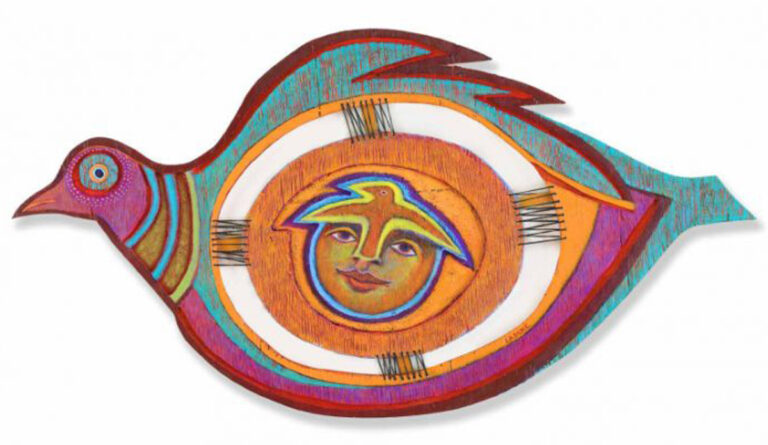by Elizabeth V. Hallett
Executive Director, Peace House
The Israeli-Palestinian Crisis has all of us on edge. Peace House has a long history of concern on this issue. Our goal is to share information, allow for respectful debate and foster creative ways to deal with conflict. The New Yorker article in this issue of “Clear Actions” presents an on-the-ground first person description of what it is like to see a city come apart due to inflamed and discriminatory behaviors. The poignancy of it is just that. All are caught in the social breakdown. I am reflecting on how Peace House might help to move a conversation forward. Peace House does not have all the answers.
In the 1990’s, Peace House was about ten years old, having been formed by our Ashland Citizens who were anxious to create awareness about the dangers of nuclear war and to support the international Nuclear Freeze movement that was active at the time. The Peace House office was in the Old Ashland Armory.
While the Gulf War was winding down, a local argument broke out in Ashland, between a pro-Palestinian Professor who had lived with Palestinians while on on a Fulbright Scholarship, and a young Rabbi, who was at odds with him. They were men who fervently believe in two different ideologies, one being pro-Zionist and one being Pro-Palestinian. There were harsh words both ways. Some in the Jewish community suddenly distanced themselves from Peace House, where the pro-Palestinian language had originated. A Jewish Board member resigned. Some believed that Peace House was actually anti-semitic for trying to support discourse between the Professor and the Rabbi. (This is a belief that continues to be far from the truth.)
In 1994, the Fellowship of Reconciliation director, Rev. Richard Deats was in Ashland, promoting his book on the 1930’s International FOR founder, Muriel Leicester. In an attempt to bridge the divide between Peace House and some in the local Jewish community, I arranged for him and Rabbi Aryeh Hirschfield of the Havurah to meet for lunch. It was a pivotal experience for me as I listened as each of them pour out their hearts to the other about the ways in which religious persecutions were deeply affecting their lives: a Jewish Renewal Rabbi and a Methodist minister.
Rabbi Aryeh described a pilgrimage he had taken to Transylvania in Romania, which had been caught in the grips of WWII, seeking traces of his Jewish relatives. They had all been killed. And so it was that Rabbi Aryeh Hirshfield found himself saying his prayers there, suddenly acutely aware and furious, realizing that he was the only Jew, the only person of his faith, praying in that Jew-forsaken environment.
Then Rev. Deats told the story of his daughter, who married a Zionist Jew and was at that moment raising a family of children with her Jewish husband while they were moving into a settlement, displacing Palestinians from their home. He described his complete sorrow at having been shunned by his daughter and her husband and unable to connect with his grandchildren, while distressed that Palestinians were being displaced.
Rabbi Arieh shook his head: “This is wrong!” he said. There were tears at the table. And there they were, two men, two brothers of faith, experiencing their own painful realities, caught in a matrix of international religious strife. And they understood each other’s aching hearts. \
It was 1994. I quickly learned then, how passionate and absolutist people could be on both sides of the Israeli-Palestinian real-politique. Over the years, this has played out in different ways, with Peace House coordinating, in recent times, forums or teach-ins for two years at SOU, inviting people from both persuasions to describe their experiences and their opinions. We structured a review of the historical background that has led to the Israelis-Palestinian conflict. The goal has always been to support nonviolent communication and alternatives to war.
In those forums we have included films of Jewish and Palestinian families who have lost children, parents, brothers, sisters, and grandparents to the horrors of bombing and escalating violence between tantamount to war. Superseding outrage over the “enemy” of the opposite side, these families were willing to come together to share their grief, to be filmed and to lead by example about moving into, and indeed committing to, reconciliation between those on different sides.
They represent a new kind of human being. Their maturity and their commitment to processing and then overcoming hatred and anger is emotionally, psychologically and politically courageous. We see them on the video footage weeping together: speaking about how love is a higher force than border wars. They see the opportunity to salvage some remnant of human good from their trauma and loss by evolving beyond the destructive and reactive. They begin to build into the transmission of an essential form of creative re-alignment with the human heart. They offer us all an alternative: commitment to peaceful resolution of conflict. They bear witness to the evolving recognition of mutual humanity and a desire for a sustainable world.
These devastated, grieving human beings are willing to bear witness to the so-far proven fact that: no war is going to be won through the endless exchange of rocket fire, bombs, occupation of land, and decimation of women and children. Is it an over-simplification to suggest that creative imagination and reconciliation has to happen one-to-one with the discipline to see the other’s human dilemmas?
Is it too complicated to learn to find common ground in order to avoid the loss of blood and treasure for entire countries and their citizens through compromise? And what ever happened to the 2014 cease-fire agreements between Israel and the Palestinians. They could have led to a two-state solution, but they were never enacted.
Psychologist Marshall Rosenburg, in his lifetime, worked with diametrically opposed groups in twenty-six countries. He taught Nonviolent Communication (NVC), a form of inter-relationship that he developed and demonstrated as successful, even with warring factions of certain countries. Regarding his work in some settings, Marshall claimed that he had given up on the adults, because they were permanently flawed by an unwillingness to compromise, an unwillingness to create an alternative. Dr. Rosenberg described seminal work in a combined learning institution in Jerusalem, teaching Jewish, Christian and Muslim students to resove differences in their multi-ethnic school. He preferred teaching children because he believed they had more flexible and open minds. He saw them as the future salvation of the planet.
Rabbi Aryeh Hirshfield, Dr. Richard Deats and Dr. Rosenberg have all departed this world. How many more Marshall Rosenbergs do we have?? Senior Dharma teacher, Dr. Larry Ward, asks us all: “What kind of ancestors do we want to be?” What legacy shall we leave for the next generations?
It is now 2021? The world watches in horror, amidst the enormous barrages of rockets, weaponry and name-calling now being lobbed between the Israelis and the Palestinians, knowing how fragile the region is. And where are we in Ashland, as a community that has so many sophisticated tools for communication and an ability to learn from each other?
May we live to evolve into more skillful humans and create better times.


